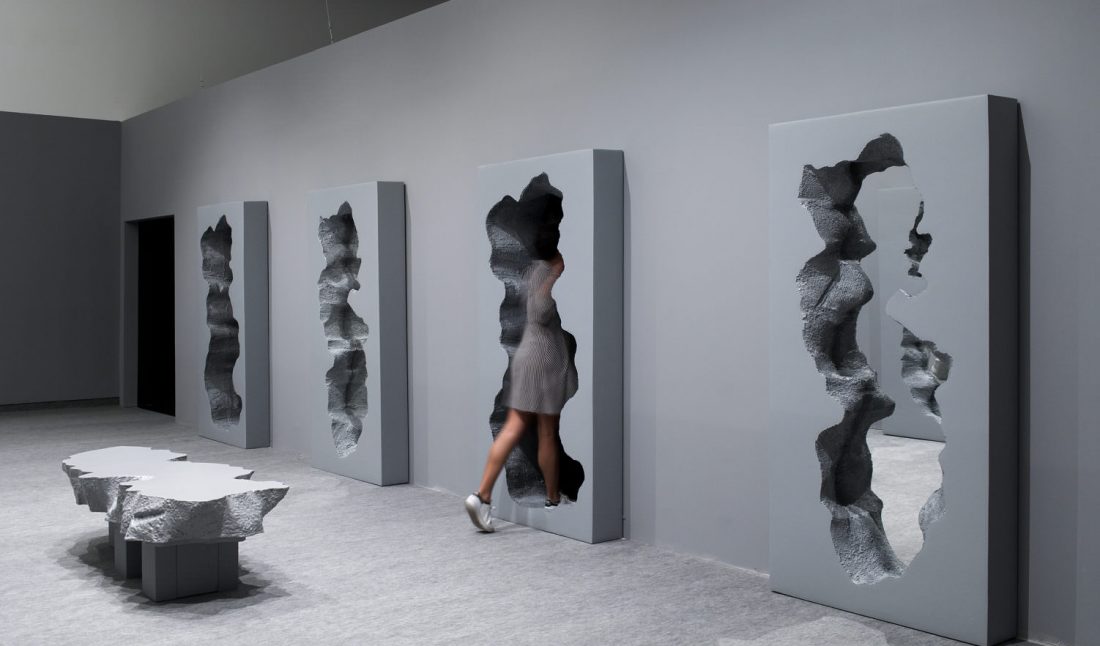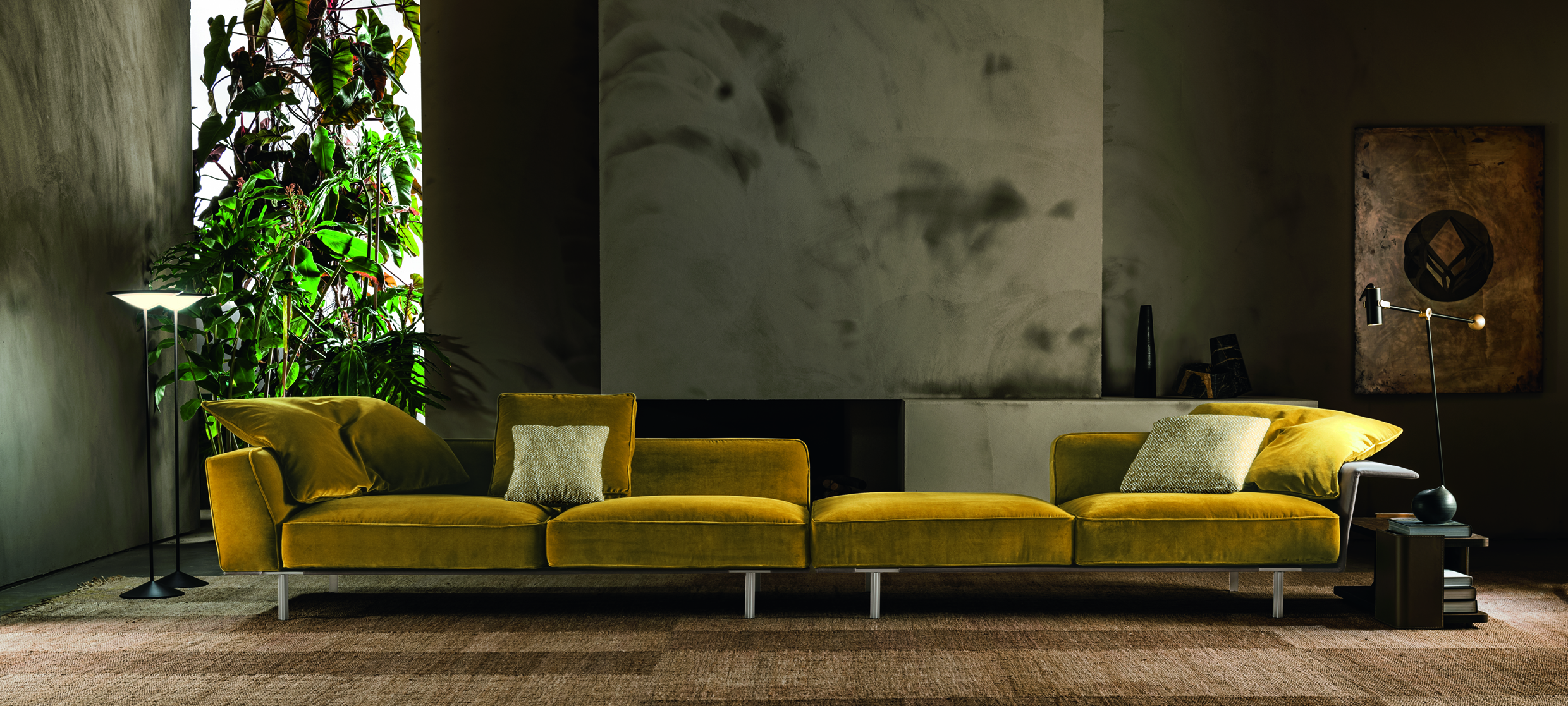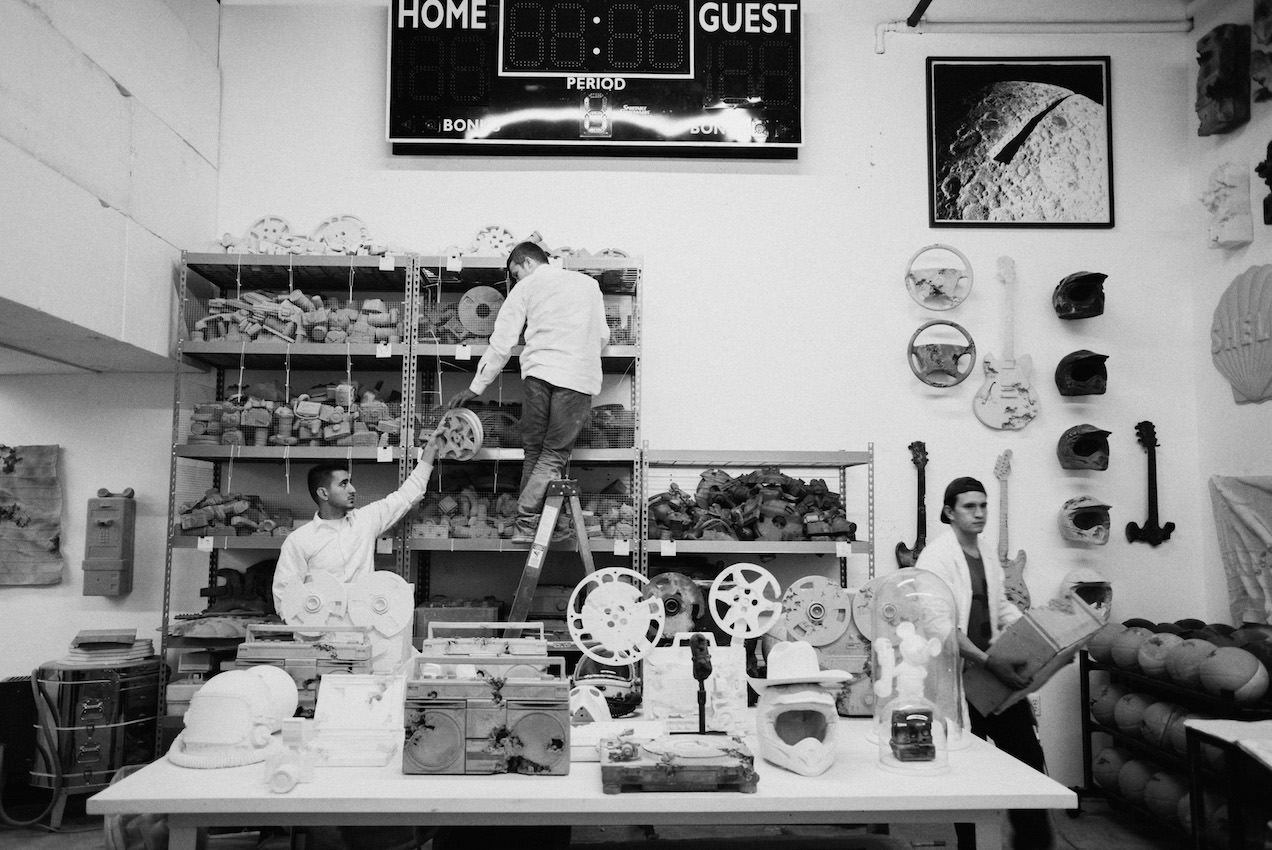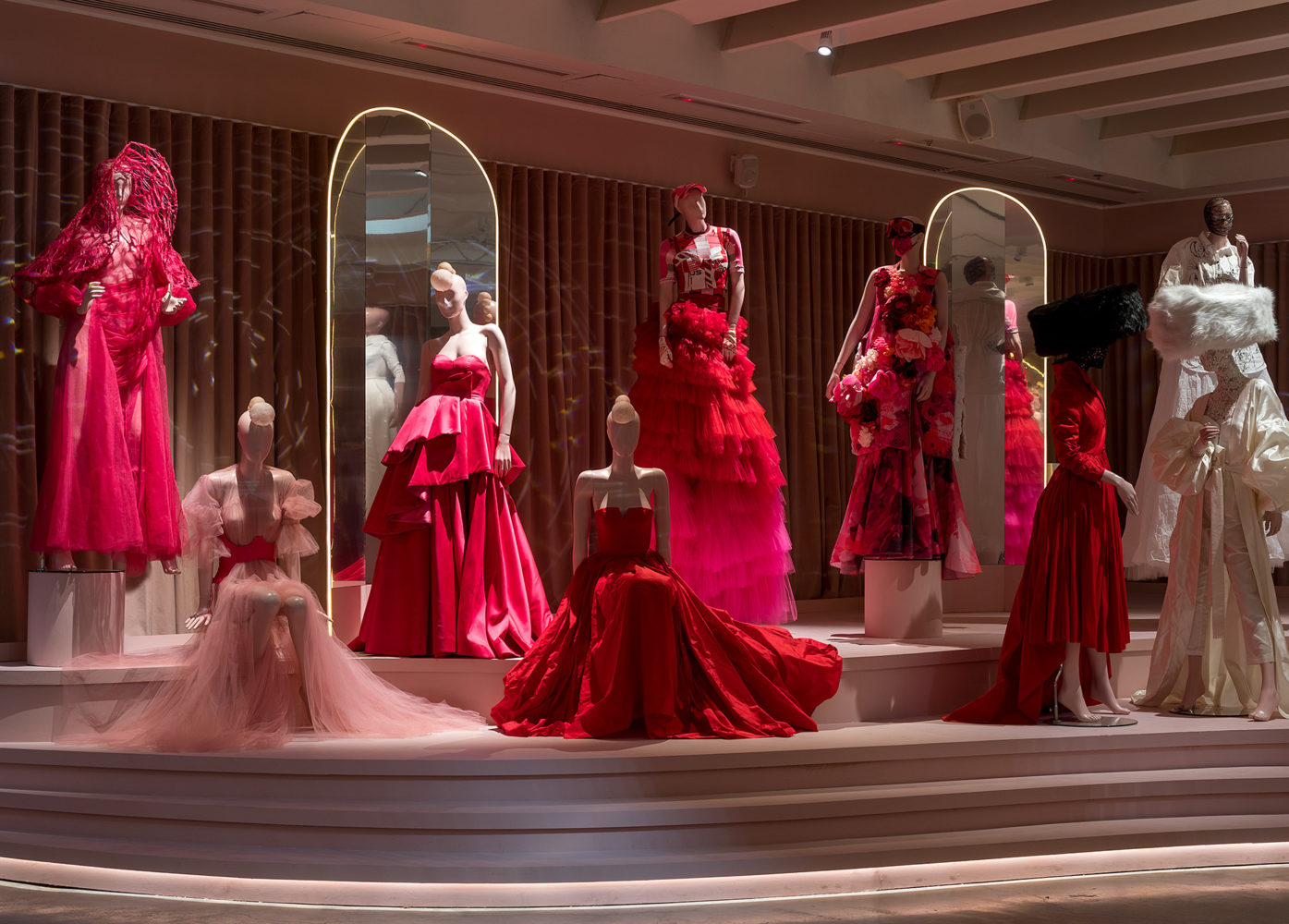When we think of design, we often think of form and function. But good design does so much more. A great designer is ultimately a great communicator, able to see all angles and engage with multiple points of view. In the end, as independent curator and writer Maria Cristina Didero likes to say, “design is about people, and not chairs.”
Didero is behind “The Conversation Show” on view now at the Design Museum Holon. There, through October 26 are five, site-specific commissioned installations by design studios and collectives Snarkitecture, Reddish, mischer’traxler’, BCXSY, and Zaven. Didero asked each to make one single thing that best represented their creative process.
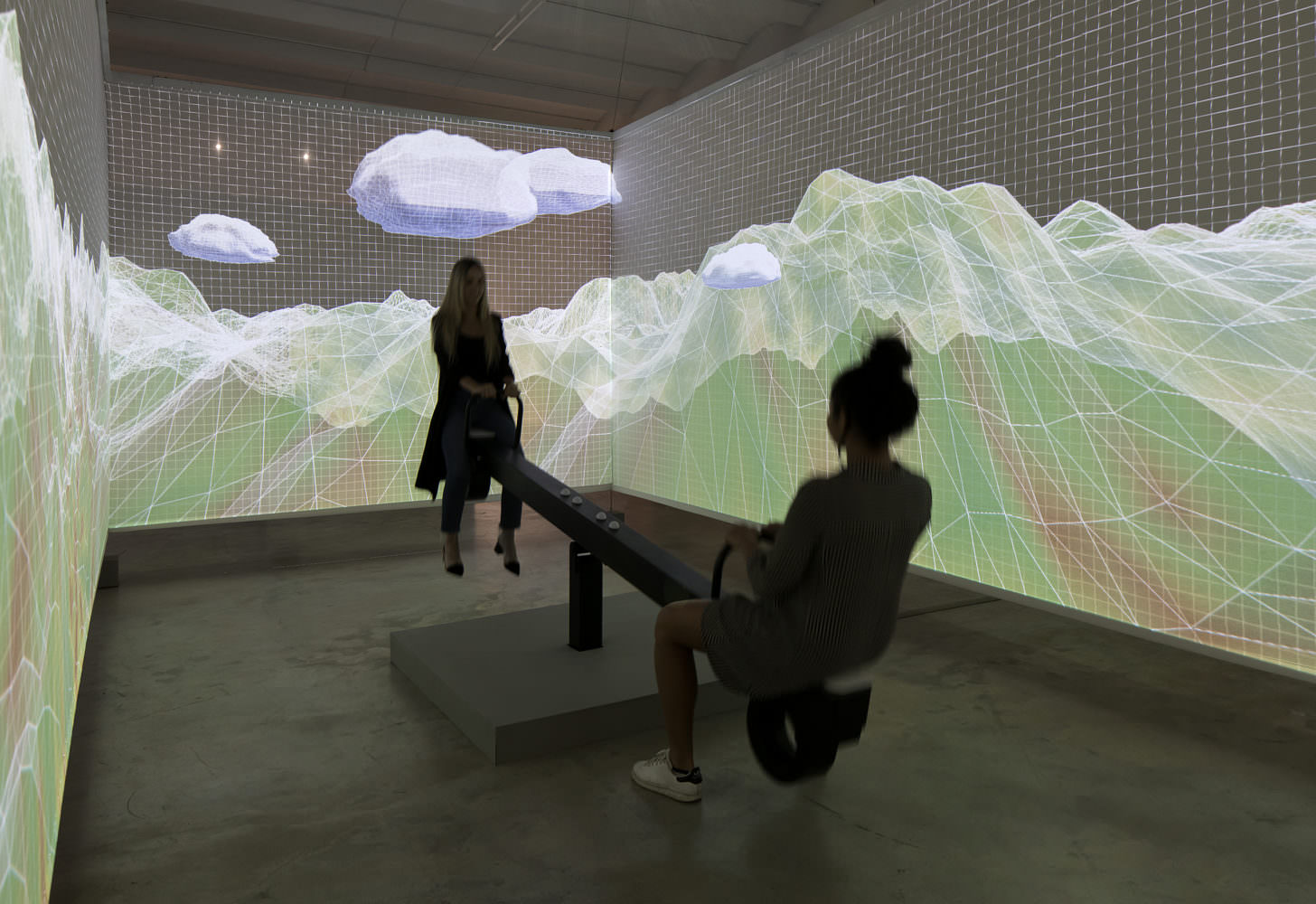 Reciprocal Syntax
Reciprocal Syntax BCXSY
Photo by Elad Sarig
Courtesy of Design Museum Holon.
Whitewall spoke with Didero about design as an engine for social change and how “The Conversation Show” is actually an exhibition about us.
WHITEWALL: What was the starting point for “The Conversation Show”?
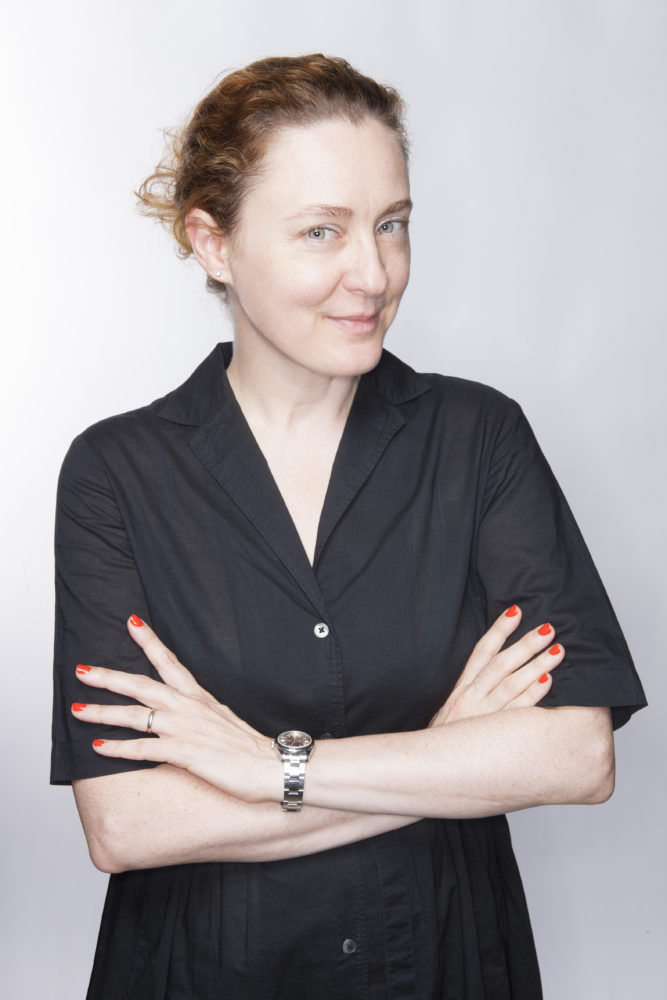 Maria Cristina Didero
Maria Cristina Didero Photo by MC Ritratto Ferroni.
MARIA CRISTINA DIDERO: “The Conversation Show” is a project that really reflects my personal idea of design; as I like to say, design is about people and not about chairs. The exhibition is a collective effort based on deep understanding, mutual exchanges, interactions, and most of all emotions focusing on the idea of reciprocity in design. It aims to investigate the singular, true and deep relationship shared by two (or more) people in the process of thinking and working together, which most of the times is somehow automatic and intuitive, and therefore hard to explain.
The invited group of international designers has been challenged to stop for a second, investigate themselves and the dynamics which make them work together to express, via a singular original piece, this idea of collaboration. A second step was that this installation should be able to pass the same examination to the audience. So the designers converse among themselves, while also talking to us. It is a project which aims to open a dialogue, to show that even when you speak different languages—as we all have our owns—there is a way to correspond with each other. In this case, they do it via design.
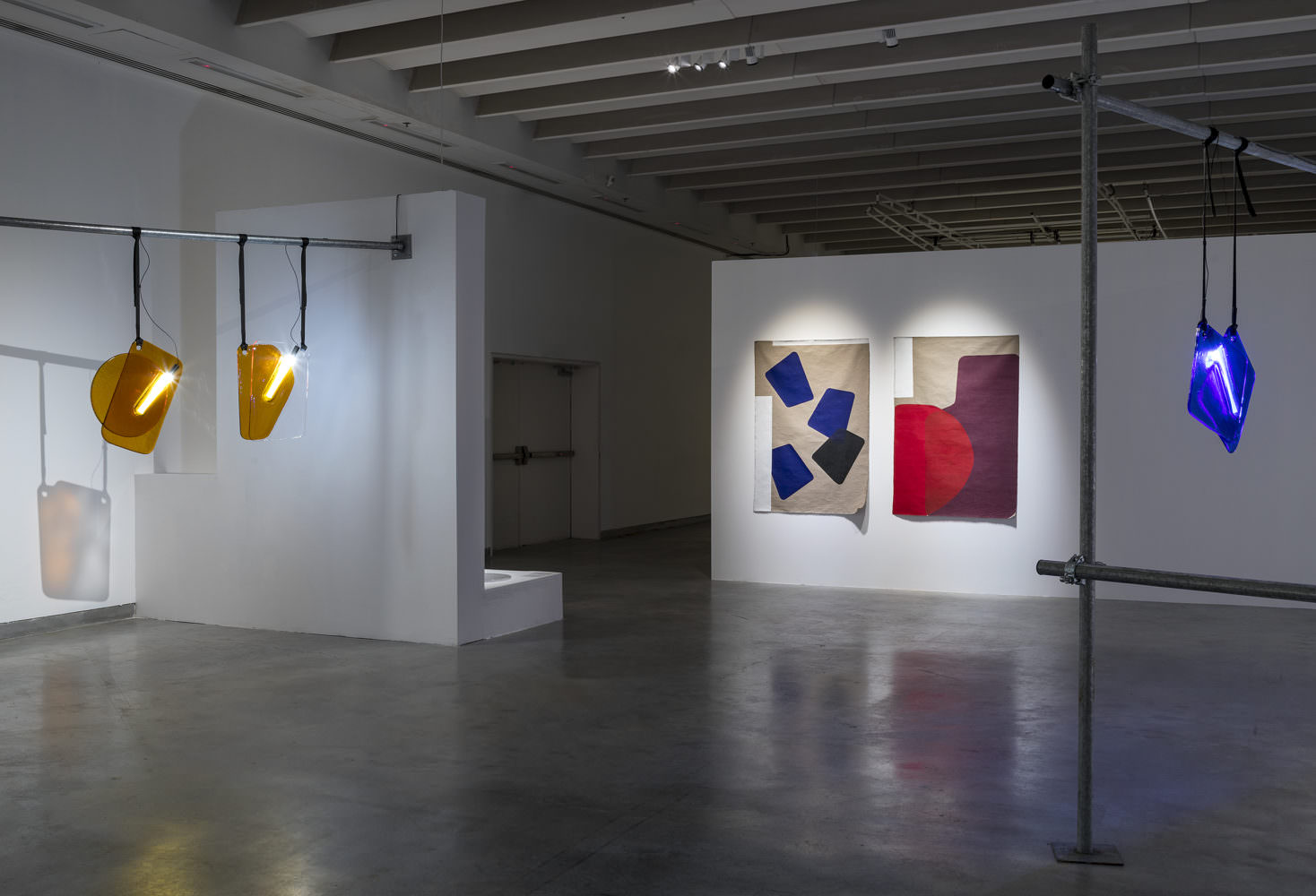 Dune
Dune Zaven
Photo by Elad Sarig
Courtesy of Design Museum Holon.
WW: How did you choose the five studios to participate?
MCD: Some of them, I have already had the chance to work with in the past and I thought that could fit perfectly for such an unusual project. The studios are composed by couples or collective as it happens for Snarkitecture; together, we presented a show last year in Washington D.C. at the National Building Museum; the show was titled “Fun House” and marked the 10 years of the practice, so we opened on the 4th of July (Independence Day) our “white house”, not so far form the real one.
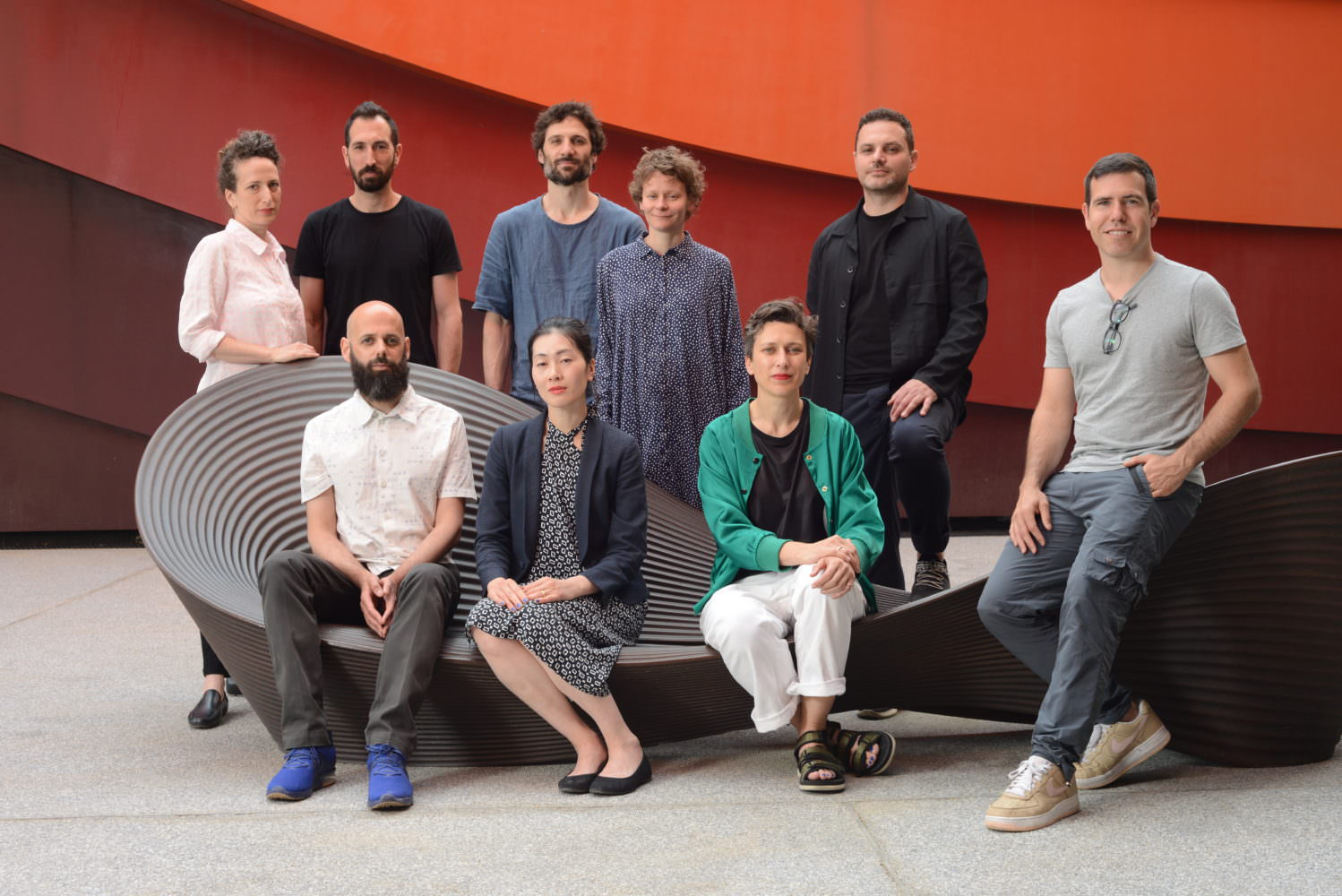 Photo by Shay Ben Efraim.
Photo by Shay Ben Efraim.
I have had a long relationship with Austrian mischer’traxler; we also collaborated together in the past but beside that I’m a big fan of their unique vision, and I like the way they are able to transform machines into poetic objects.
I have also worked with Zaven; they represent a peculiar way to look at reality. Their specific duality between bi-dimensional and three-dimensional has always charmed me. They are the only ones who responded by a piece of product design, which I consider a relevant acrobatic jump forward with the given brief.
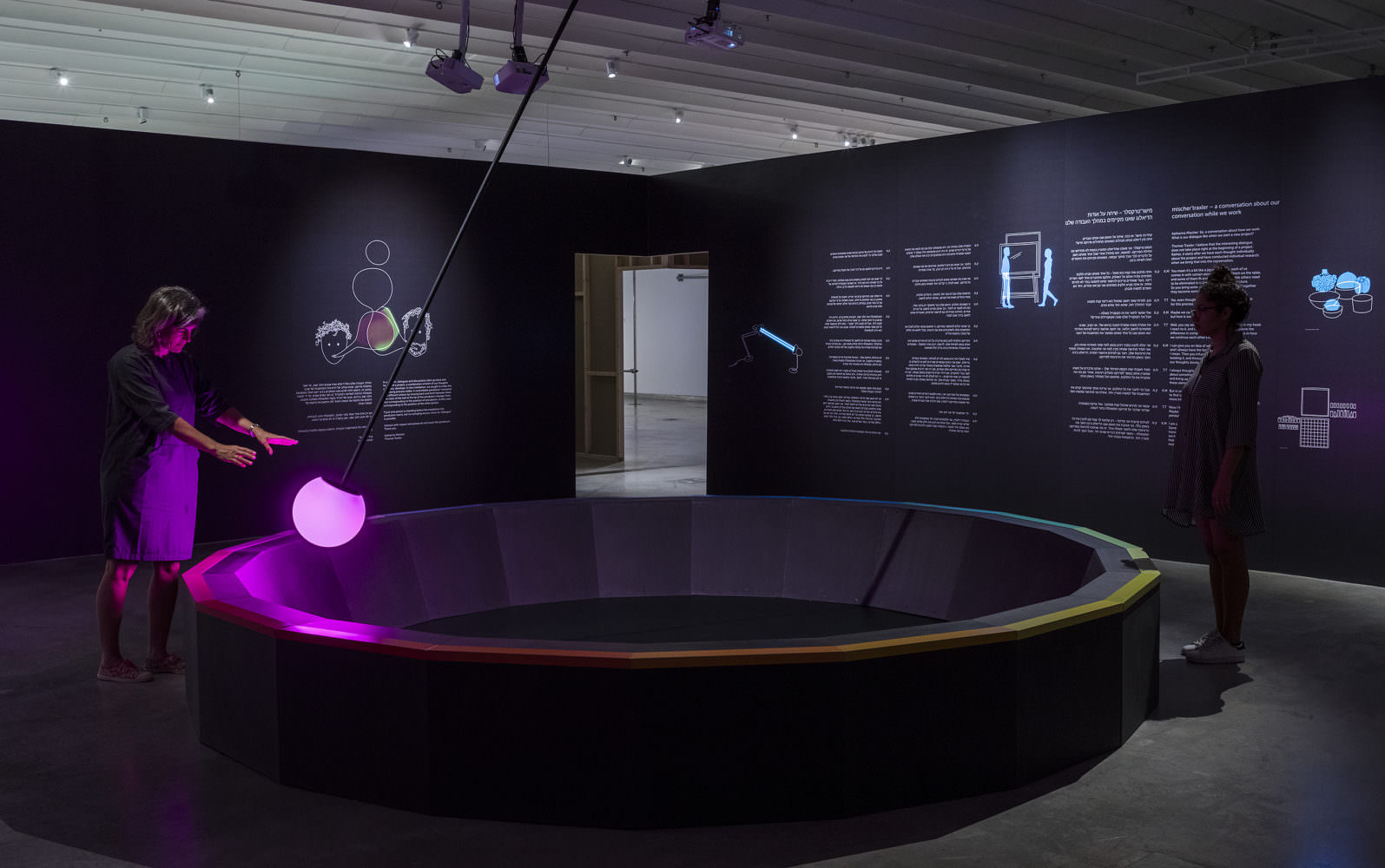 Coalesque
Coalesque misher’traxler
Photo by Elad Sarig
Courtesy of Design Museum Holon.
Reddish was a great discovery for me! They put together an exhibition within the exhibition analyzing the idea of balance, which symbolically stands for comprehension and the will of founding a mutual good half-way to meet when things are taken differently.
BCXSY imagined a box that could reproduce the specific language which Sayaka and Boaz share when designing together, creating a digital and phantasy world which could be activated only via an analogic seesaw – so a toy usually used by children; I found this dichotomy between digital and analogic very intriguing.
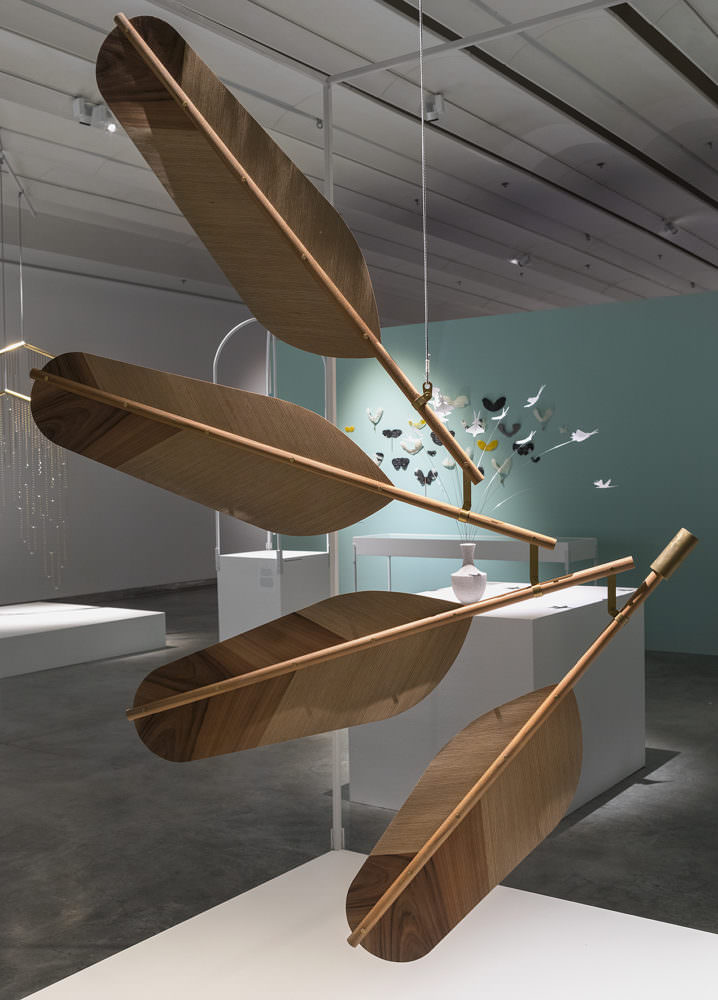 Balancing Act
Balancing Act Reddish
Photo by Elad Sarig
Courtesy of Design Museum Holon.
WW: The show includes five commissioned site-specific installations. What was the brief for each studio?
MDC: This exhibition originated and starts from a question: how would you represent your own way of creating together and how can you explain this particular process within one single project. The brief has been the same for everybody, of course. It has been extremely stimulating to see how they all reacted to it, expressing their own way of approaching design and delivering five totally different projects, which all together give a certain sense to mutual communication and exchange. Also, it was the first time that the Design Museum Holon was into commissioning new commisisons, and we are happy to have at the end a certain plurality of methodologies reflected in the exhibition.
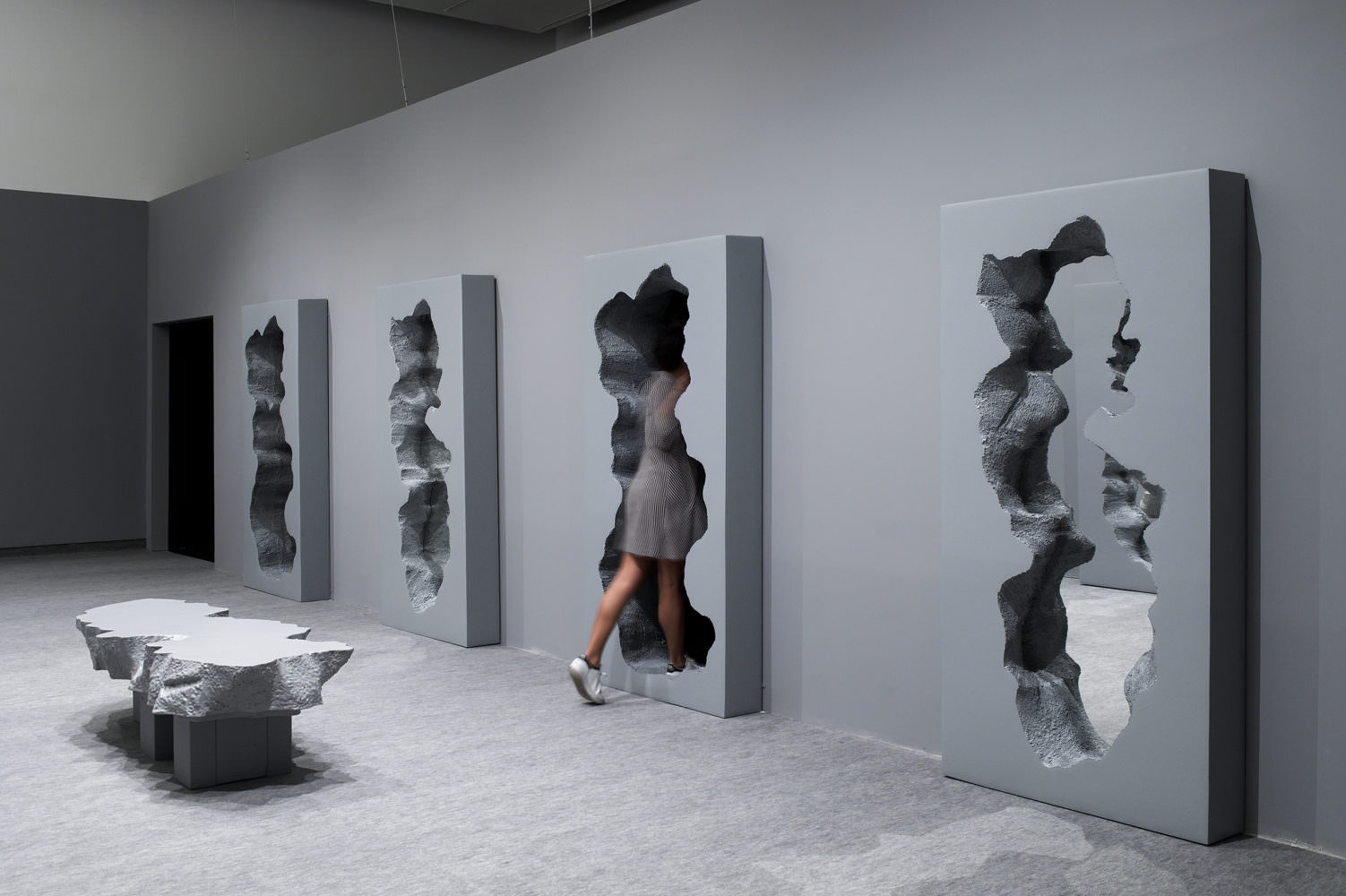 Hall of Broken Mirrors
Hall of Broken Mirrors Snarkitecture in collaboration with Gufram
Photo by Elad Sarig
Courtesy of Design Museum Holon.
WW: How is design a driver of communication and exchange?
MCD: Design could be considered one of the best engines able to change society. We should never forget that the power of design stands in the shared conversations, in the progress of ideas, and in the open questions that animate culture.
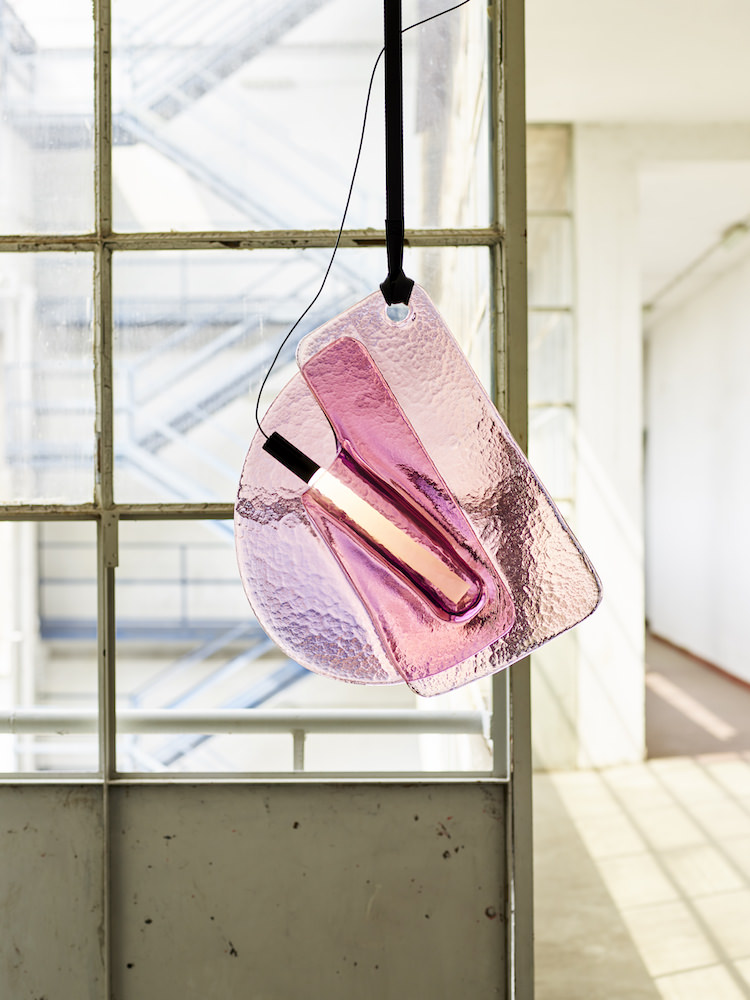 Dune
Dune Zaven
Photo by Omar Sartor
Courtesy of Design Museum Holon.
This of course stands as example for other bigger issues, and we curators should have not only the responsibility to bridge the designers with new subjects and audiences, but possibly also to speak out loud when the dark times of anger, blindness, and ignorance take the stage. This is a motivation to continue to battle for culture—trying to fill up the void of misunderstandings—which ultimately means to fight for humanity.
WW: On that thread, do you think design can or is inherently political?
MCD: Yes! Absolutely. When you think to a better way, a most sustainable method to reach a goal (current technologies allow it now, compared to the past), when you conceive a product at a low price that could be accessible to a larger amount of people, this is all about politics and the way we live our lives – which again, the way we live our life, how we deal with a problem or how we relate to other people are all political statements.
WW: How do you see designers themselves as masters of communication?
MCD: As I actually asked them to express not only an emotion, a spark (pure chemistry, hard to describe) but also a process, a non tangible feeling which stands at the roots of a new idea, I admit that I am particularly proud of what the designers delivered for this show. It was not an easy task and me myself did not know at the beginning where we were heading… of course I can admit this only now!
The exhibition originates from this very narrative expedient which is to show that there are different ways of expressions (of course) and that they are all good different ways to pass a message of openness and dialogue. And yes, there are dissimilar ways to tell this story, which has many layers as per this show. I believe that a better and open communication could be the tool for a better world. The five sections of the show, each of them dedicated to one studio, all share a common vision: they are intellectually engaged, they teach us a different point of view and a new angle to things.
WW: What kind of conversation do you ultimately hope is opened up for visitors to the show?
MCD: I believe that this show might have a relevant aspect also because it takes place is a country such as Israel. A place which is still looking for peace. The project talks about openness and conversations, it invited to make an effort to understand somebody which is speaking “another language”. I guess I don’t need to add more than that. The theme of plurality and creation as a collective effort is the starting point for this exhibition, which deals with design as much as it deals with human behavior. So this is an exhibition which actually talks about us.






